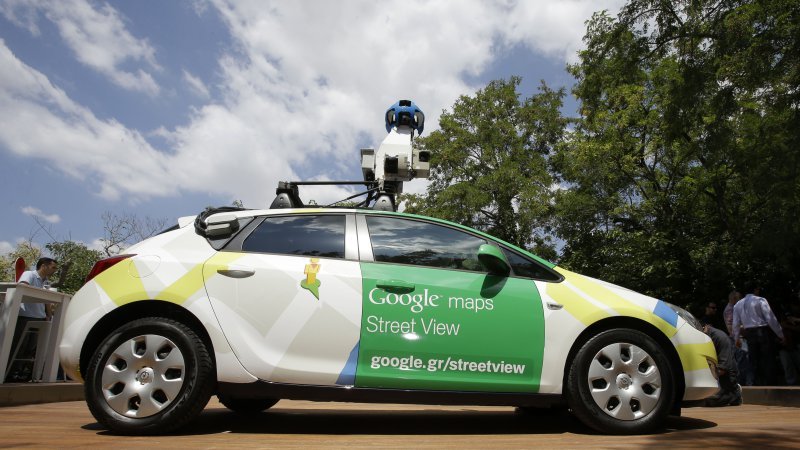License plate reader van disguised as Google Maps car

On May 11, Matt Blaze walked by an odd vehicle that had suspicious-looking Google Maps stickers. Plus the vehicle was registered to the City of Philadelphia and had a Pennsylvania State Police placard in the window. It was also fitted with license plate readers – the controversial technology used by law enforcement to automatically record and track thousands of vehicle movements. These movements are then stored in police databanks, with very few protocols for who can access those files.
Anyone else may have missed this oddity, but Blaze just happens to be an associate professor of computer and information science at the University of Pennsylvania. He tweeted a picture of the vehicle, which exposed a surveillance scheme that would make any modern city dweller queasy.
"The fact that Google would almost certainly be unhappy about this aside, this is a terrible disguise," Blaze followed up on Twitter. "It just calls MORE attention to it." Which makes sense. Most people don't know what license plate readers look like, and probably wouldn't notice a plain city vehicle – but they might notice this bad imposter.
Pennsylvania State Police tweeted back that the vehicle wasn't one of theirs, despite the markings and registration. A trooper with PA police also told Gizmodo it wasn't theirs. But Pennsylvania State Police admitted by late afternoon Thursday that the mystery SUV was indeed part of their fleet, but denied knowing anything about the Google Maps decals, Motherboard reported. They are investigating how the stickers got on the SUV and claims they have since beed removed. Google is also launching its own investigation into the matter.
License plate readers aren't used by just state police. Last year, a Freedom of Information Act request filed by the ACLU revealed that the US Justice Department was storing hundreds of millions of license plate tracking files. Motherboard spoke to Brandon Worf about the incredible abilities of these license plate readers to track people's movements.
